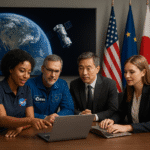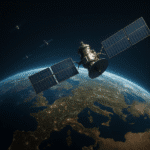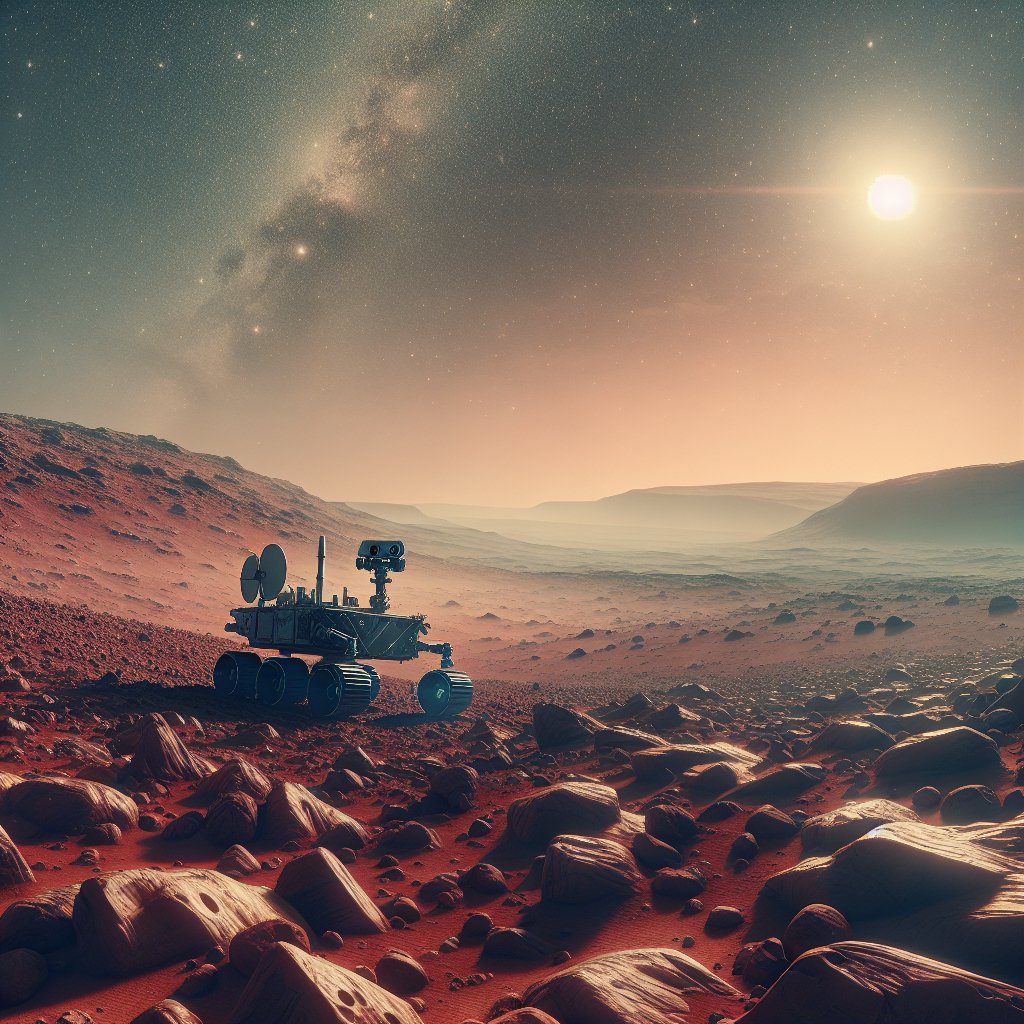The exploration of Mars has captivated the human imagination for decades, driving scientific inquiry and technological innovation. As the closest planet with conditions that might have once supported life, Mars presents a tantalizing target for exploration. This article delves into the history, current missions, and future prospects of Mars exploration, highlighting the challenges and triumphs of humanity’s quest to understand the Red Planet.
History of Mars Exploration
The journey to explore Mars began long before the advent of modern space technology. Early astronomers, using telescopes, observed the planet’s reddish hue and speculated about its surface features. In the late 19th and early 20th centuries, the idea of Martian canals, popularized by astronomers like Percival Lowell, fueled public interest and speculation about the possibility of life on Mars.
With the dawn of the space age, Mars became a primary target for exploration. The Soviet Union’s Mars program initiated the first attempts to reach the planet, with mixed success. In 1960, the Soviet Marsnik 1 mission marked the first attempt to send a spacecraft to Mars, although it failed to leave Earth’s orbit. Subsequent missions, such as Mars 2 and Mars 3, achieved partial success, with Mars 3 becoming the first spacecraft to land on Mars in 1971, albeit with limited data transmission.
The United States entered the race with the Mariner program, achieving the first successful flyby of Mars with Mariner 4 in 1965. This mission provided the first close-up images of the Martian surface, revealing a barren, cratered landscape. The Viking program in the 1970s marked a significant milestone, with Viking 1 and Viking 2 successfully landing on Mars and conducting experiments to search for signs of life. Although the results were inconclusive, the Viking missions laid the groundwork for future exploration.
Current Mars Missions
In recent years, Mars exploration has entered a new era, characterized by international collaboration and advanced technology. NASA’s Mars Exploration Program has been at the forefront, with missions like the Mars Science Laboratory, which delivered the Curiosity rover to the Martian surface in 2012. Curiosity’s mission is to assess Mars’ habitability, studying its climate and geology, and searching for signs of past life.
In 2021, NASA’s Perseverance rover landed on Mars, equipped with cutting-edge instruments to search for signs of ancient microbial life and collect samples for future return to Earth. Perseverance also carried the Ingenuity helicopter, which achieved the first powered flight on another planet, demonstrating the potential for aerial exploration of Mars.
Other countries have also joined the quest to explore Mars. The European Space Agency (ESA) has collaborated with Russia on the ExoMars program, aiming to search for biosignatures of past life. The United Arab Emirates launched its first interplanetary mission, the Hope orbiter, in 2020, to study the Martian atmosphere and climate. China’s Tianwen-1 mission, which includes an orbiter, lander, and rover, successfully landed the Zhurong rover on Mars in 2021, marking China’s first successful Mars landing.
Challenges of Mars Exploration
Exploring Mars presents numerous challenges, both technical and logistical. The vast distance between Earth and Mars, which varies between 54.6 million kilometers and 401 million kilometers, poses significant communication delays and requires precise navigation. The harsh Martian environment, with its thin atmosphere, extreme temperatures, and dust storms, presents additional obstacles for landing and operating spacecraft.
One of the most significant challenges is the safe landing of spacecraft on Mars. The thin atmosphere provides little aerodynamic drag, making it difficult to slow down a spacecraft during descent. Engineers have developed innovative solutions, such as the “sky crane” maneuver used by the Curiosity and Perseverance rovers, to overcome these challenges and ensure successful landings.
Another challenge is the long-term sustainability of human missions to Mars. The journey to Mars takes several months, requiring life support systems capable of sustaining astronauts for extended periods. Radiation exposure during the journey and on the Martian surface is a significant concern, necessitating the development of protective measures to ensure astronaut safety.
Future Prospects of Mars Exploration
The future of Mars exploration holds exciting possibilities, with plans for both robotic and human missions. NASA’s Artemis program aims to return humans to the Moon as a stepping stone for future crewed missions to Mars. The agency’s long-term goal is to send astronauts to Mars in the 2030s, building on the knowledge and experience gained from lunar exploration.
Private companies are also playing a crucial role in advancing Mars exploration. SpaceX, led by Elon Musk, has ambitious plans to establish a human settlement on Mars. The company’s Starship spacecraft, currently in development, is designed to transport large numbers of people and cargo to the Red Planet, with the ultimate goal of making life multiplanetary.
International collaboration will be essential for the success of future Mars missions. The pooling of resources, expertise, and technology from multiple countries can accelerate progress and reduce costs. Collaborative efforts, such as the Mars Sample Return mission, which involves NASA and ESA, aim to bring Martian samples back to Earth for detailed analysis, providing invaluable insights into the planet’s history and potential for life.
As technology advances and our understanding of Mars deepens, the dream of exploring and potentially colonizing the Red Planet becomes increasingly attainable. The exploration of Mars not only satisfies our innate curiosity but also serves as a catalyst for scientific discovery and technological innovation, inspiring future generations to reach for the stars.










